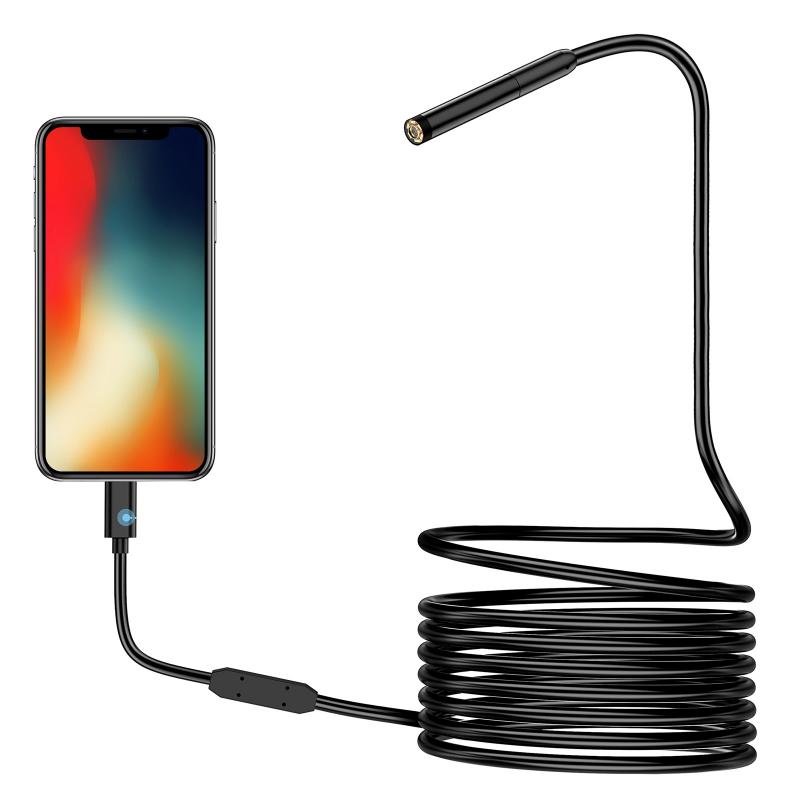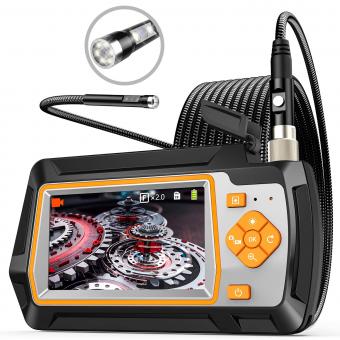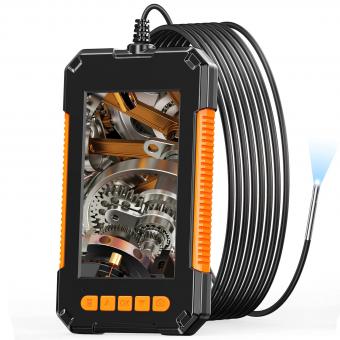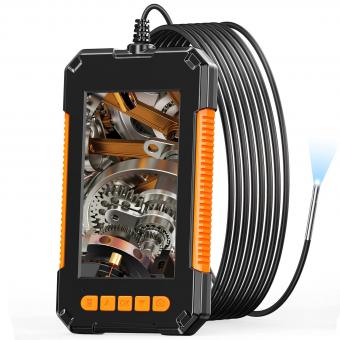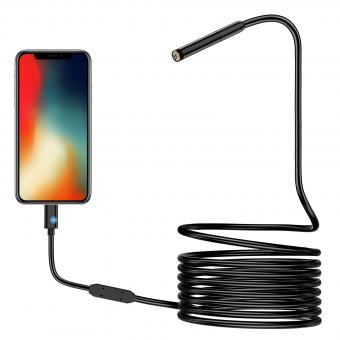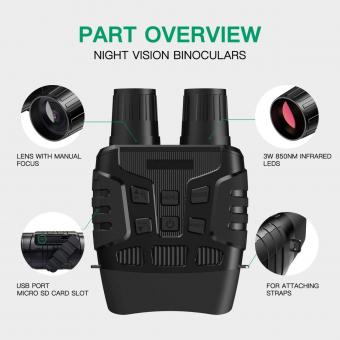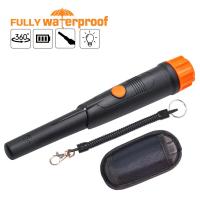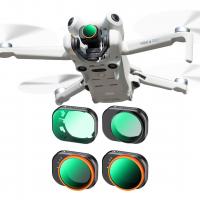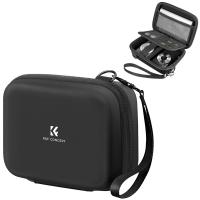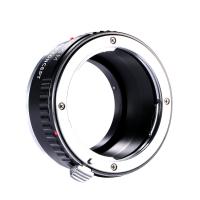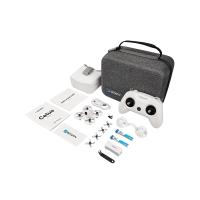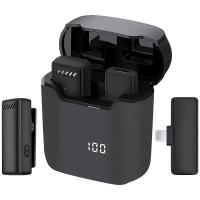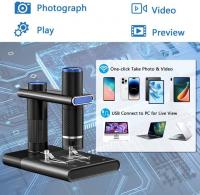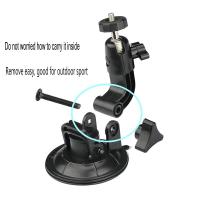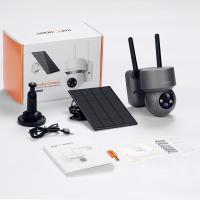Endoscope And How Does It Work Bbc Bitesize ?
An endoscope is a medical device used to examine the inside of the body. It consists of a long, flexible tube with a light and a camera at the end. The endoscope is inserted into the body through a natural opening or a small incision. The light illuminates the area being examined, and the camera captures images or videos that can be viewed in real-time on a monitor. This allows doctors to visually inspect organs, tissues, or cavities without the need for invasive surgery. Endoscopes can be used for various purposes, such as diagnosing and treating conditions in the digestive system, respiratory system, urinary tract, and more. They are an essential tool in modern medicine, enabling minimally invasive procedures and providing valuable insights for accurate diagnoses.
1、 Definition and Purpose of an Endoscope
An endoscope is a medical device used to examine the interior of a hollow organ or cavity in the body. It is a long, flexible tube with a light and a camera attached to one end, allowing doctors to visualize and diagnose various conditions without the need for invasive surgery. The purpose of an endoscope is to provide a minimally invasive method of exploring and treating medical conditions.
The endoscope works by inserting it into the body through a natural opening or a small incision. The light at the tip of the endoscope illuminates the area being examined, while the camera captures real-time images that are transmitted to a monitor for the doctor to view. Some endoscopes also have additional channels that allow for the insertion of surgical instruments to perform procedures such as biopsies or removal of abnormal tissue.
The latest advancements in endoscopy technology have led to the development of high-definition cameras, which provide clearer and more detailed images. Additionally, there have been improvements in the flexibility and maneuverability of endoscopes, allowing doctors to navigate through complex anatomical structures with greater ease.
Endoscopes are used in various medical specialties, including gastroenterology, pulmonology, urology, and gynecology, among others. They are commonly used to diagnose and treat conditions such as gastrointestinal disorders, lung diseases, urinary tract abnormalities, and reproductive system issues.
In conclusion, an endoscope is a valuable tool in modern medicine, providing a non-invasive means of examining and treating various medical conditions. Its ability to provide real-time visualization and perform minimally invasive procedures has revolutionized the field of diagnostic and therapeutic medicine.
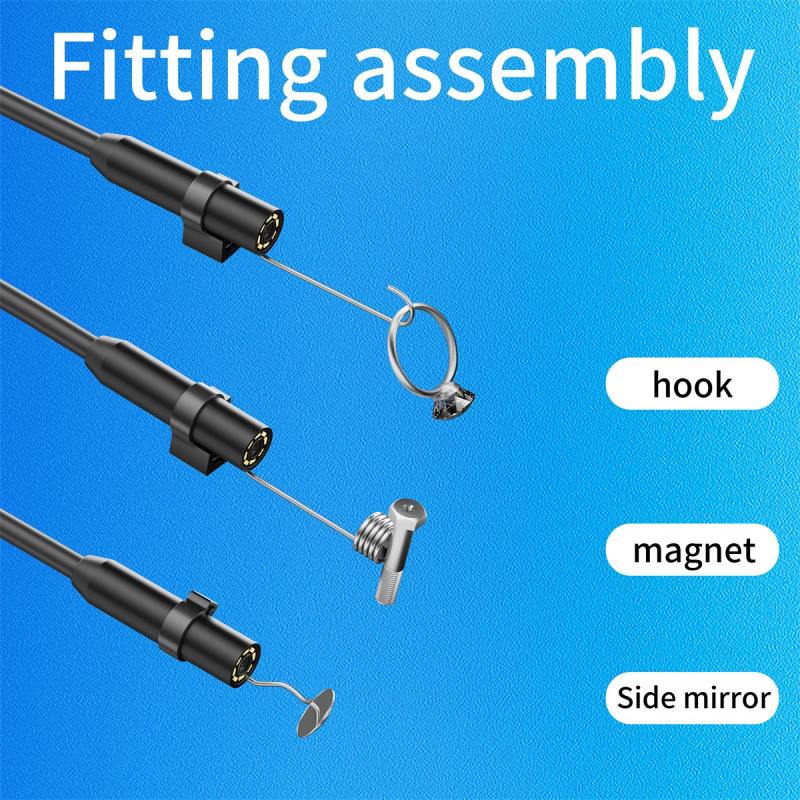
2、 Components and Functionality of an Endoscope
An endoscope is a medical device used to visualize and examine the internal organs and structures of the body. It is a flexible tube with a light and a camera attached to one end, allowing doctors to see inside the body without the need for invasive surgery. The endoscope is typically inserted through a natural opening in the body, such as the mouth or anus, or through a small incision.
The main components of an endoscope include the insertion tube, which is the flexible tube that is inserted into the body, the light source, which provides illumination for the camera, and the camera itself, which captures images and sends them to a monitor for viewing. The endoscope may also have additional channels for the insertion of surgical instruments or for the delivery of air or water to help clear the view.
The functionality of an endoscope is based on the principle of light transmission and image capture. The light source at the tip of the endoscope illuminates the area being examined, allowing the camera to capture high-quality images. The camera then sends these images to a monitor, where the doctor can view them in real-time. The flexibility of the endoscope allows it to navigate through the body's natural curves and bends, providing a comprehensive view of the internal structures.
In recent years, there have been advancements in endoscope technology, such as the development of high-definition cameras and miniaturized instruments. These advancements have improved the image quality and precision of endoscopic procedures, allowing doctors to diagnose and treat a wide range of conditions with greater accuracy. Additionally, there has been a growing interest in the use of robotic-assisted endoscopy, where robotic arms are used to manipulate the endoscope and perform complex procedures with enhanced dexterity.
In conclusion, an endoscope is a vital tool in modern medicine, allowing doctors to visualize and examine the internal organs and structures of the body. Its components and functionality enable minimally invasive procedures and accurate diagnoses, leading to improved patient outcomes. The continuous advancements in endoscope technology further enhance its capabilities and expand its applications in various medical fields.

3、 Types of Endoscopes and Their Applications
An endoscope is a medical device used to visualize and examine the internal organs and structures of the body. It is a flexible or rigid tube with a light source and a camera attached to it, allowing doctors to see inside the body without the need for invasive surgery. The BBC Bitesize website provides a comprehensive explanation of how endoscopes work.
According to the website, endoscopes are equipped with fiber optic cables that transmit light from the light source to illuminate the area being examined. The camera attached to the endoscope captures the images and sends them to a monitor, allowing the doctor to see the internal structures in real-time. The endoscope can be inserted through natural body openings, such as the mouth or anus, or through small incisions made during minimally invasive surgery.
There are various types of endoscopes, each designed for specific applications. For example, a gastroscopy endoscope is used to examine the esophagus, stomach, and upper part of the small intestine. A bronchoscope is used to visualize the airways and lungs, while a colonoscope is used to examine the large intestine. Other types of endoscopes include cystoscopes for the urinary bladder, hysteroscopes for the uterus, and arthroscopes for joints.
The latest advancements in endoscopy technology have led to the development of more advanced endoscopes, such as capsule endoscopes. These are small, swallowable capsules that contain a camera and are used to examine the small intestine. Additionally, there have been advancements in the use of robotic-assisted endoscopy, which allows for more precise and controlled movements during procedures.
In conclusion, endoscopes are essential tools in modern medicine, enabling doctors to visualize and diagnose various conditions without the need for invasive surgery. The BBC Bitesize website provides a detailed explanation of how endoscopes work and the different types available for various applications. The latest advancements in endoscopy technology continue to improve the accuracy and effectiveness of these procedures.
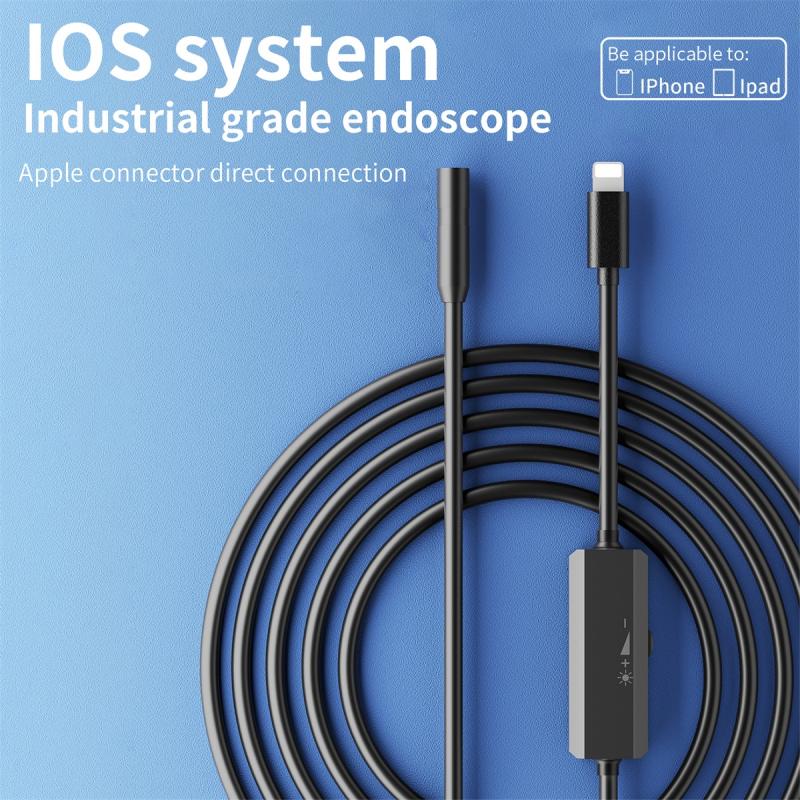
4、 Working Principles of an Endoscope
An endoscope is a medical device used to visualize and examine the internal organs and structures of the body. It consists of a long, flexible tube with a light source and a camera at one end, and a viewing screen at the other end. The endoscope is inserted into the body through a natural opening or a small incision, allowing doctors to see and diagnose various conditions.
The working principle of an endoscope involves the transmission of light and images. The light source at the tip of the endoscope illuminates the area being examined, while the camera captures high-resolution images or videos. These images are then transmitted through the tube to the viewing screen, where the doctor can analyze and interpret them.
The endoscope's flexibility allows it to navigate through the body's curves and bends, reaching areas that would otherwise be difficult to access. It can be used to examine the gastrointestinal tract, respiratory system, urinary tract, and other internal organs.
In recent years, there have been advancements in endoscope technology. For example, some endoscopes now incorporate additional features such as miniature surgical instruments, allowing doctors to perform minimally invasive procedures during the examination. Additionally, there have been developments in high-definition imaging, providing clearer and more detailed visuals for accurate diagnosis.
Overall, endoscopes have revolutionized the field of medicine by enabling non-invasive and precise examinations of internal structures. They have significantly reduced the need for more invasive procedures, leading to faster recovery times and improved patient outcomes.
